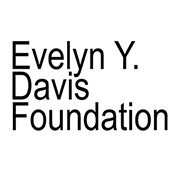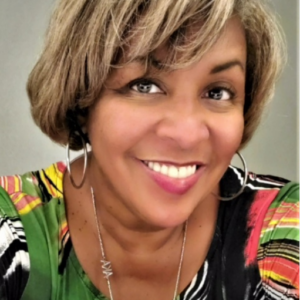In her 33-year career with the Associated Press, Sonya Ross achieved many firsts, including being the first Black woman to cover the White House for AP. She also helped create the pathway to coverage of race and ethnicity in major American newsrooms. Ross is now the managing editor of Inside Climate News and is leading the way toward more nuanced coverage of how climate change disproportionately affects communities of color. She advised Widening the Pipeline fellows to think of people who look just like they do when reporting, and to avoid stereotypes and victimhood.[Transcript | Video]
5 takeaways:
➀ We’ve got to stop burying our heads in the sand about race. It’s the only way to end what Ross called the “lens of pathology” that shrouds most discussions about climate change and communities of color. As an example, Ross described a New York Times story about the oldest majority black timber farming communities in the country. When it was destroyed during one of California’s increasing incidences of wildfire, the journalist did a deep dive into the history of the town and the role it played in the region. That reporting expanded the story beyond just another report of a tragic community decline. “Plus, when you add the imagery of people of color who were displaced or affected by wildfire, it takes on a greater depth and specificity,” Ross said.
➁ Make sure the information reaches everybody who needs it. One of the biggest problems with climate news is that people, especially Spanish-speaking people, are actively falling victim to disinformation because they need information that’s in Spanish. “It’s incumbent upon media who are reliable and trustworthy to also report this news and languages beyond English so that people are not stuck trying to understand what’s going on around them,” Ross said. This kind of coverage informs individuals and communities in ways that benefit the larger society.
➂ Sometimes, just one story is not enough. Ross said that when Inside Climate News decided to report on an Environmental Protection Agency Superfund site in Atlanta, they knew it would require time and resources. The 637-acre area next to the city’s glitzy Mercedes Benz football stadium had been contaminated by lead for generations. Ross said it was important to hear directly from the people most affected, including a city councilman who said he used to play with lead-contaminated particles as a child because he thought they were just ordinary rocks. The reporting yielded a three-part series. “We went into the community to tell the story from the inside out rather than running to the area to report from the outside in,” Ross said.
➃ Visualize the audience you’re writing for. It’s important for journalists of color to consider how the information will be received, Ross said. “As you report your stories, do you see white people in your head or do you see people who look like you? If you find yourself thinking, ‘I’m informing George and Martha in Kansas who are going to be reading this with a gee golly factor to it,’ stop yourself and replace that with additional people of color being on the receiving end of your journalism as news consumers.” Making this a part of your formula for covering the ethnic transformation of the United States will give your reporting greater depth, Ross said.
➄ Avoid tired tropes when covering race and ethnicity. Ross described two dreaded stereotypes: the “success unicorns” and “kitchen sink coverage”. In the first category, Ross outlined what she called reporting about people of color who’ve done amazing things, like a 13-year-old who graduates from Yale Medical School and invents some new heart valve device. “Success unicorns are those stories that make people feel good about how they want to view people of color,” Ross said. On the other hand, kitchen sink coverage is “white people say this, minorities say that, and the minorities are all of these groups that by 2045 are going to be the majority of people in this country,” Ross said. “Try your best not to be a thumb sucker for Americans who can’t handle or are uncomfortable with the way the race story plays out.”
The Widening the Pipeline Fellowship is sponsored by the Evelyn Y. Davis Foundation, Bayer, J&J and Twitter. NPF is solely responsible for the content.








